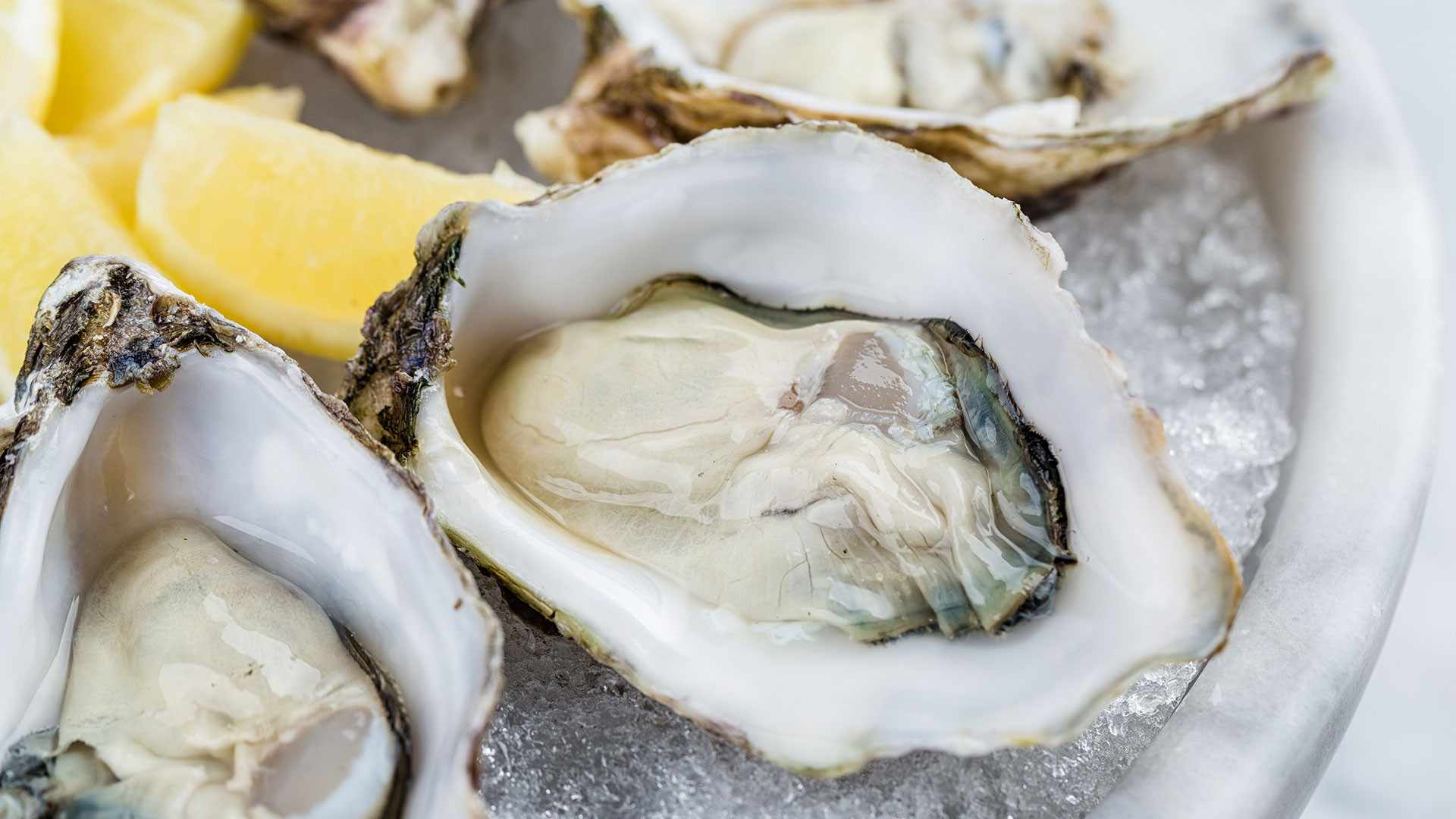
Local Delicacies - Mali Ston's Oysters
As you approach the Bay of Mali Ston it’s hard not to be struck by the vast blanket of sparkling sea, lapping against the dramatic rise and fall of the border to Bosnia and Herzegovina in the northwest of the inlet. This represents the only coastline for Bosnia and a world famous and celebrated area for mariculture in Croatia. The bay is a nationally protected area where aquaculture is prolific thanks to the virgin cleanliness and abundance of the sea. This is the only successful breeding ground in the world for the European flat oyster ‘Ostrea edulis’ with its unique, full bodied aroma and clean sea flavour. ‘Ostrea edulis’ and ‘Mytilus galloprovinicialis’ are the only species of mussel cultivated in this area.
The cultivation begins with the collection of wild spat, after which the young oysters are cemented and hung on ropes in a fashion unique to this part of the world. Mussels are reared mainly using floating or fixed parks, using classic nylon or wire "sockets." Oysters are fullest and most delicious in March, when St Joseph’ s Day is celebrated both in Dubrovnik and here in the town of Ston and its sister village of Mali Ston.
The South Dalmatian coast has an ancient history of mariculture. Traces of primitive oyster farming, using petrified oak branches with attached oyster shells, were first noted by Roman chroniclers. Records from the 17th century provide details on the collection and sale of oysters amongst traders and fishermen; sending this most delicate cargo across Europe and supplying not only the locals with sustenance but adorning the plates of monarchs. Documents from the late 18th century describe the procedure for granting oyster rearing concessions and fixed an idea of prices which still exist to this day. Development of modem mariculture began at the end of the 19th century with the establishment of oyster cultivation companies. Perhaps the high-point of this era was the 1936 World Exposition in London: ‘The Grand Prix and Gold Medal’ for oysters from Mali Ston Bay were awarded to a Dubrovnik-based company for "Bistrinacultivation and sale of oysters and other shellfish."
Most of the private companies disappeared during the ravages of the Second World War. However, in Mali Ston, this ancient tradition has prevailed and the glistening beds of oysters remain, waiting to tempt the traveller. It’s worth keeping a look out for the well known seafood restaurant Bota Sare in the small village of Mali Ston. The generous terrace wraps around the tiny harbour; alongside the achingly fresh seafood and friendly service, there is a beautiful view of the ramparts which enclose this community of less than 200 within their protective stone embrace. A visit to this idyllic bay is a reminder of another era, perhaps a little quieter than our own, charming the taste buds and the heart.
